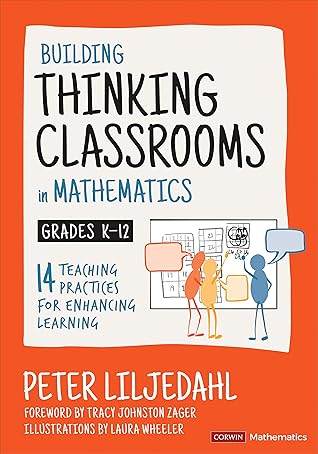The three practices in the first toolkit, however, are not like journaling. Putting students in random groups to solve engaging thinking tasks on vertical non-permanent surfaces is enough of a departure from classroom norms that the students will notice that a change has happened. At the same time, the changes to the classroom routines are radical enough that they overwhelm the system’s ability to defend itself and, as a result, the students allow themselves to change, to be different, to deviate from their normative mimicking behaviors, and to begin to really think. And so the system changes.
Welcome back. Just a moment while we sign you in to your Goodreads account.


